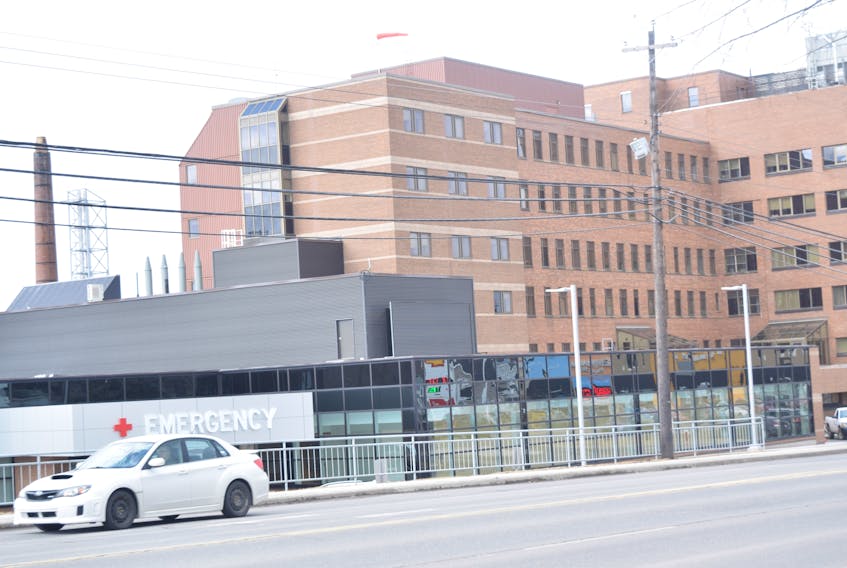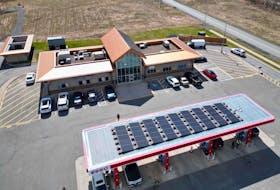The provincial NDP party is pointing to Liberal party’s management as a cause for "chaos" in the Nova Scotia healthcare system.
The fresh criticism comes from a freedom of information request obtained by the NDP caucus showing that the number of people without a family doctors has been going up.
Here in Pictou County, there were 3,615 patients who went to the Aberdeen emergency room reporting that they didn’t have a family doctor in 2018. In 2013 that number was 1,518. That’s a 138 per-cent increase.
“These numbers show that from the time when the Liberals came to power in 2013 that the number of people coming to emergency rooms at Aberdeen who don’t have a family doctor have more than doubled over the course of that period until now,” said Nova Scotia NDP leader Gary Burrill.
In fact, out of the four Nova Scotia Health Authority management zones, only the Western zone has seen an overall decrease in the number of people reporting having no family doctor.
The rest, according to the FOIPOP have gone up:
- 162 per-cent increase since 2013 in Central
- 109 per-cent increase since 2013 in Eastern
- 160 per-cent increase since 2013 in Northern
"This steady path from 2013, of increased crowding and being increasingly unable to deal with the burden, shows that the whole system has been thrown into chaos," said Burrill.
That these numbers could only be obtained through a freedom of information request does not sit well with the NDP which proposed a bill today in Halifax which, if passed, would require the government to report monthly on ER stats like these.
“So that the work of the public health authority can be held to public scrutiny,” said Burrill. “The bill is so that this kind of info wouldn’t require a private investigator or filing a FOIPOP. It should be plainly available for people in the province.”
Tim Guest, Vice President of Health Services and Chief Nursing executive for the Nova Scotia Health Authority says he ‘would be happy to’ make that information more readily available on the NSHA website.
“There would be absolutely no issue with putting that on our website,” said Guest in a telephone interview with reporters. “That’s not something that I think we need to be directed to do. I would be happy to have it there.”
Guest also told reporters that the increasing numbers of citizens without access to family doctors is not a new phenomenon in Nova Scotia.
“Those access challenges ebb and flow,” said Guest. “There’s so many factors that impact that. I would say that in my experience in nearly 30 years as a registered nurse I’ve seen that ebb and flow constantly.”
But the NDP assert that the family doctor shortages are the result of the Liberal mismanagement in the healthcare sector, and Burrill points to the decision to centralize the health authority as being the root causes to these challenges.
There are thousands of fragilely related moving parts in the Health Care system,” said Burrill in a separate interview. “If you make this your initiative you will bring pandemonium. Well, I think we can see now that this is exactly what has happened. In emergency room after emergency room across the province you’ll find that the situation is understaffed and overcrowded.”
Exacerbating the problem, according to Burrill is a lack of provincial investment in long-term-care.
“This failure to invest in long term care is at the root of the problem,” said Burrill. “A fifth of our hospital beds are taken up at the moment but people who aren’t hospital patients. This cascades into a problem where ambulances are not able, in a timely and efficient way, to discharge into emergency departments.”
Guest told reporters that there are many factors contributing to the problem of overcrowding but would not say that a major factor is a lack of provincial investment in long-term care.
“It would be irresponsible to say that the long-term care bed numbers are the sole contributing factor,” said Guest.









